
In 1703, Peter the Great founded St. Petersburg as the new capital of Russia. Along with Saint Peter, the emperor “appointed” Saint Alexander Nevsky as the patron saint of the city. Alexander Nevsky was the medieval Russian prince who defeated the Swedes in the 1240 Battle of Neva, which took place not far from the future St. Petersburg.
In his honor, in 1713, Peter ordered the Alexander Nevsky Monastery to be built on the bank of the Neva River. Nevsky prospect, the main street of the city, was laid between the monastery and the Hermitage. In 1723, Peter the Great ordered to bring the shrine with Nevsky's relics to St. Petersburg from the city of Vladimir, where they were kept.

Engraving “Peter the Great carrying the relics of St. Alexander Nevsky to St. Petersburg”
Public domainIn the mid 18th century, Empress Elizaveta Petrovna, Peter the Great's daughter, ordered to make a new reliquary for the relics, which turned out to be a Baroque monumental complex. After the 1917 Bolshevik Revolution, the precious silver casket was opened and transferred to the Hermitage Museum for storage. Museum workers miraculously saved it from being melted down or sold.
The holy relics themselves ended up in the Museum of Religion and Atheism, which was located in St. Petersburg’s Kazan Cathedral. In 1989, the relics were marked for return to the Lavra, but the pompous reliquary was only transferred from the museum to the monastery in September 2023. Now, the Hermitage workers carefully monitor the conditions of its storage.
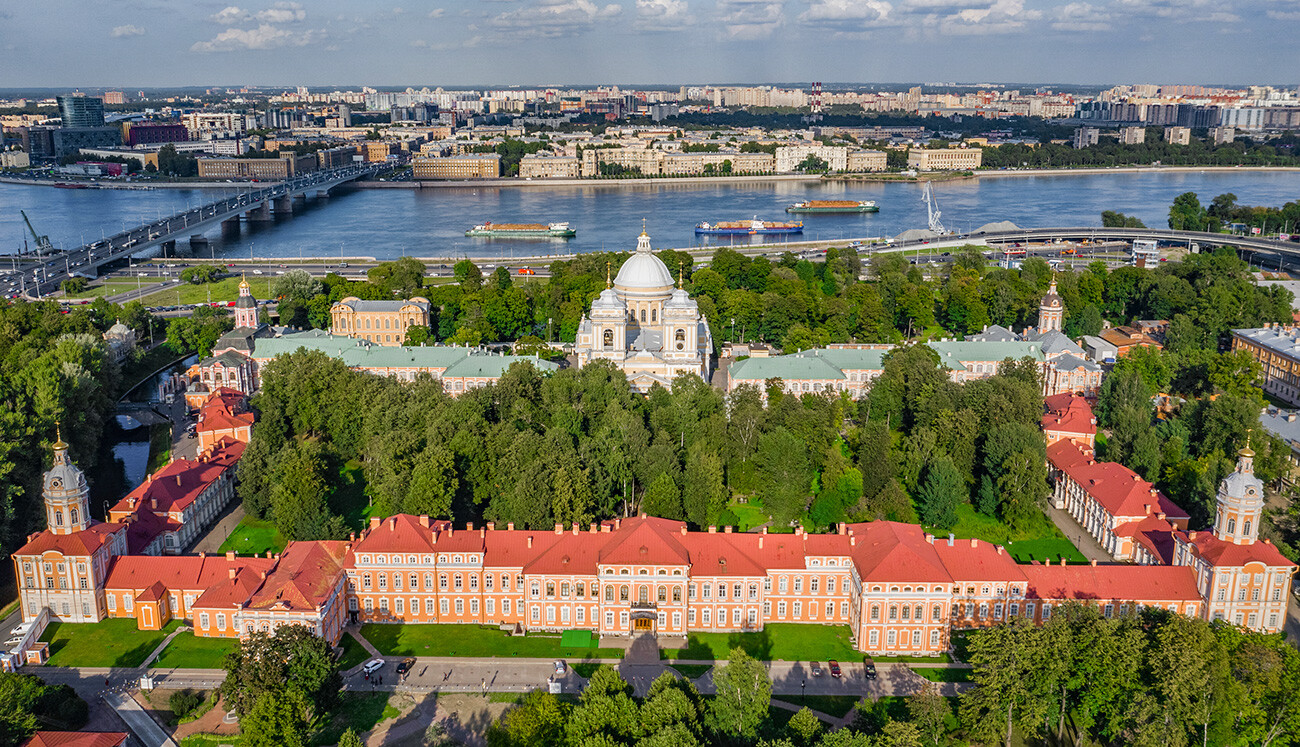
Lavra architectural complex on the banks of the Neva River (the main Trinity Cathedral is seen in the middle)
Legion MediaThe architectural project of the monastery was developed by Peter the Great's architect Domenico Trezzini. He also built the Peter and Paul Cathedral in the Peter and Paul Fortress, the Building of the Twelve Colleges and designed other landmark buildings in St. Petersburg, including typical residential houses.
The Annunciation Church of the Monastery was built according to a Trezzini project in 1717-1724. Today, it is the oldest preserved church in the city.

Annunciation church in the Lavra, on the banks of the Monastyrka River
Getty ImagesBut, the further construction according to Trezzini's project stretched through the reign of several emperors and was completed only by the end of the 18th century, during the reign of Catherine the Great. Her architect, Ivan Starov, made serious changes in the plan of the monastery and, in 1778-1790, he built the Lavra's main Trinity Cathedral in the classicism style.
However, some buildings appeared in the architectural ensemble of Lavra in the 19th and even in the 20th centuries.
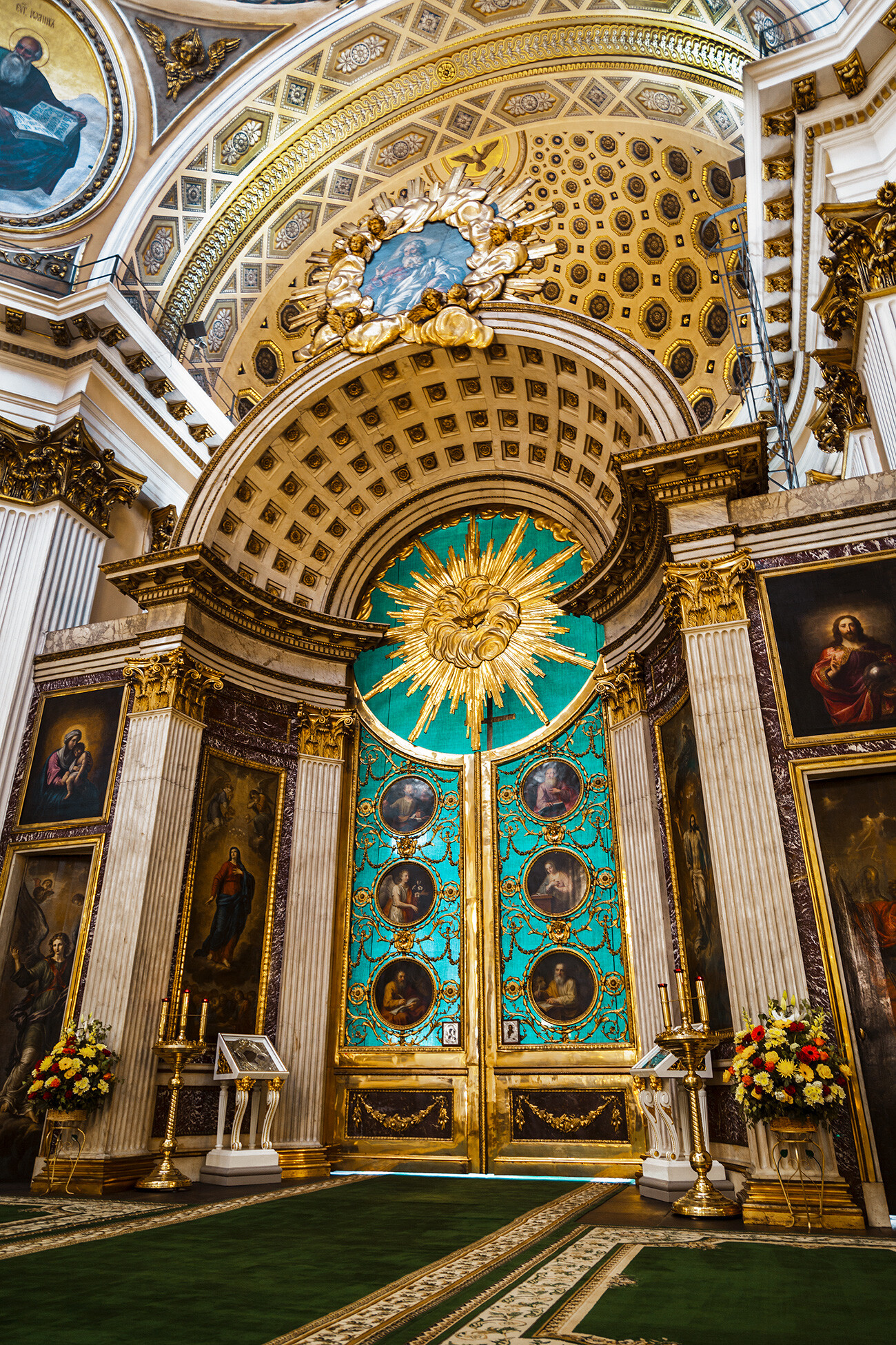
The Royals Doors in the Trinity Cathedral
Legion MediaIn Russia, the most important monasteries and spiritual centers were granted the title of ‘Lavra’ (A type of monastery consisting of a cluster of cells or caves for hermits, with a church and sometimes a refectory at the center). The first Lavra of the Russian Empire was the Kiev-Pechersk Lavra, built in the late 17th century. In 1744, Empress Elizabeth granted this status to the Trinity-St. Sergius Lavra near Moscow. Both monasteries had centuries-old histories, kept relics of Orthodox saints and were centers of pilgrimage.
When the Alexander Nevsky Monastery was finally completed, the new capital St. Petersburg got its own Lavra, though very young. This honorable status was given to the monastery by Emperor Paul I. He and his successors were incredibly generous to the St. Petersburg Lavra throughout the 19th century, donating huge sums of money. The monastery also owned vast lands and had several dozens of monks and residents. The Lavra even had an Spiritual Academy and an Orthodox publishing house.

Inside the Trinity Cathedral
Marizavarzina (CC BY-SA 3.0)In 1742, the St. Petersburg diocese was established in the Church structure (before that, the local churches were under the jurisdiction of the Novgorod diocese) and the Metropolitan of St. Petersburg also automatically became the archimandrite of the Alexander Nevsky Lavra.
Today, the Alexander Nevsky and Trinity-Sergius Lavras are the only ones remaining on the territory of Russia.
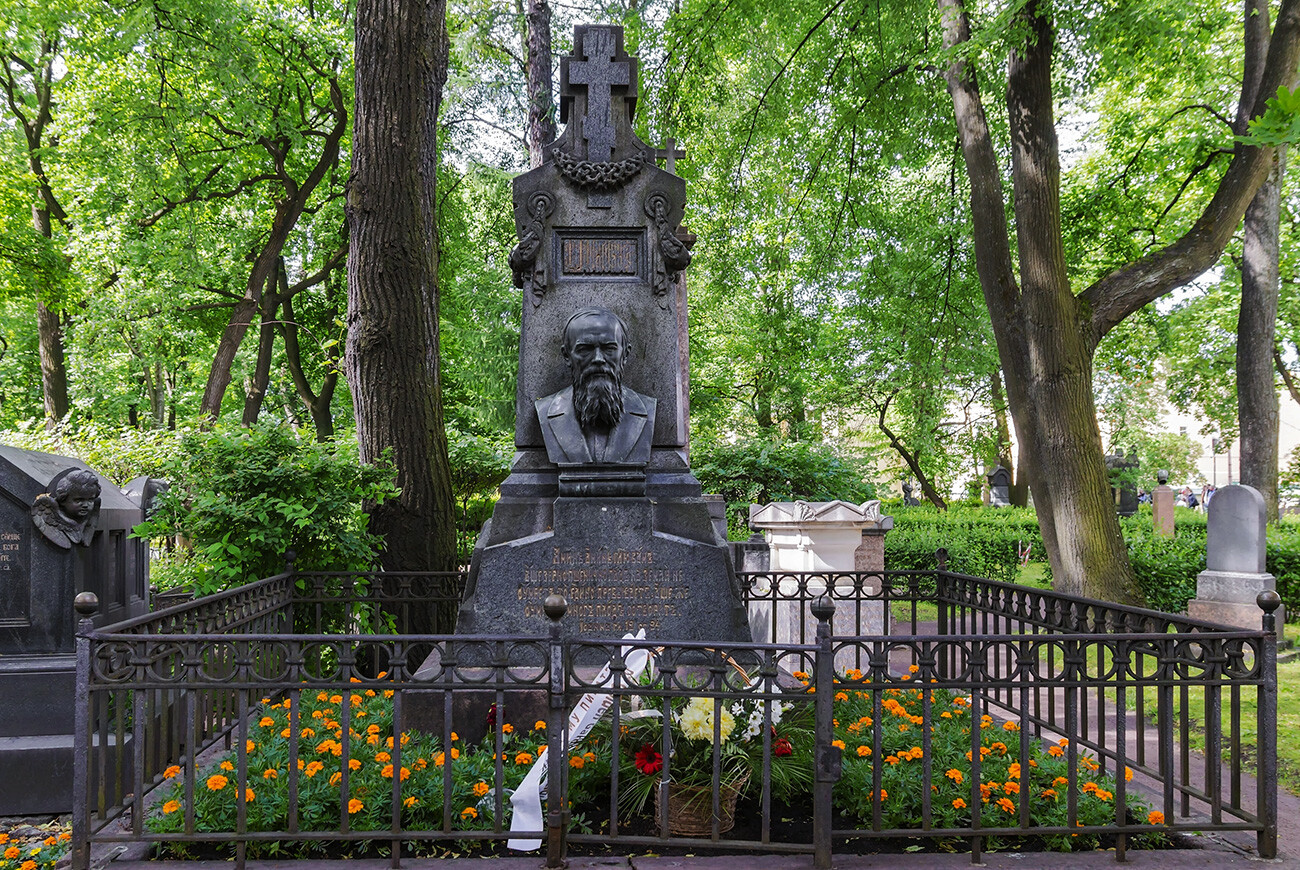
Fyodor Dostoevsky's grave in the cemetery of the Alexander Nevsky Lavra
Legion MediaIn the Russian Empire, four cemeteries were located on the territory of the monastery. They have survived to this day, but some of them are now formally outside the Lavra.
While emperors and members of their families were buried in St. Petersburg's Peter and Paul Cathedral, since 1713, the St. Petersburg aristocracy also began to be buried at the Lazarevskaya Church of the Alexander Nevsky Monastery.
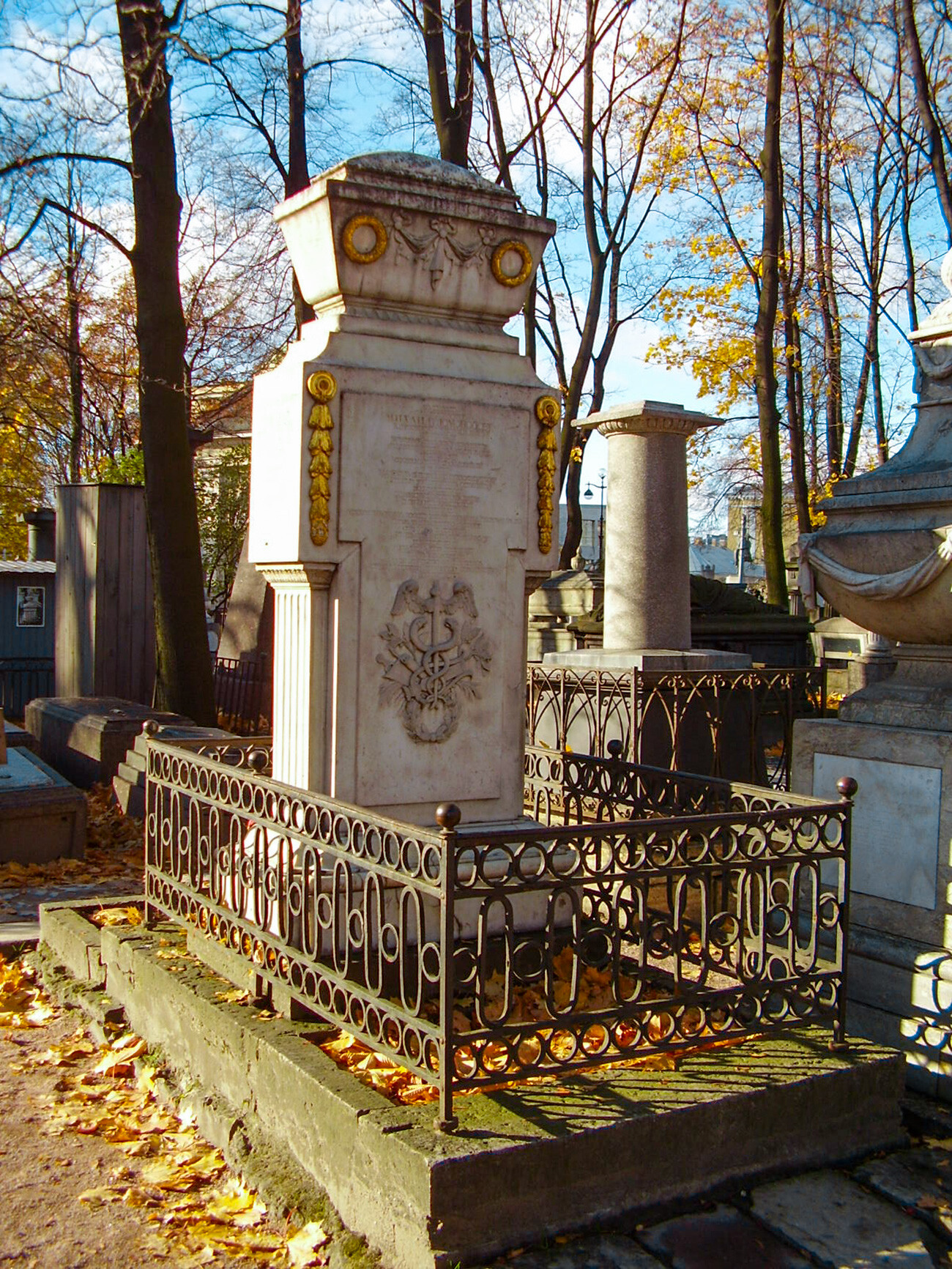
Mikhail Lomonosov's grave
Glvinn (CC BY-SA 3.0)Now, the Lazarevskoye cemetery has become a museum necropolis. New burials are no longer held; instead, guided tours take visitors to the graves of the most famous and noble people of the Russian Empire. Boris Sheremetev, an associate of Peter the Great, as well as scientist Mikhail Lomonosov and Alexander Pushkin's widow Natalia Goncharova are all buried there. Representatives of various princely families also have found their last resting place there. Each tombstone, meanwhile, is considered a seperate work of art.
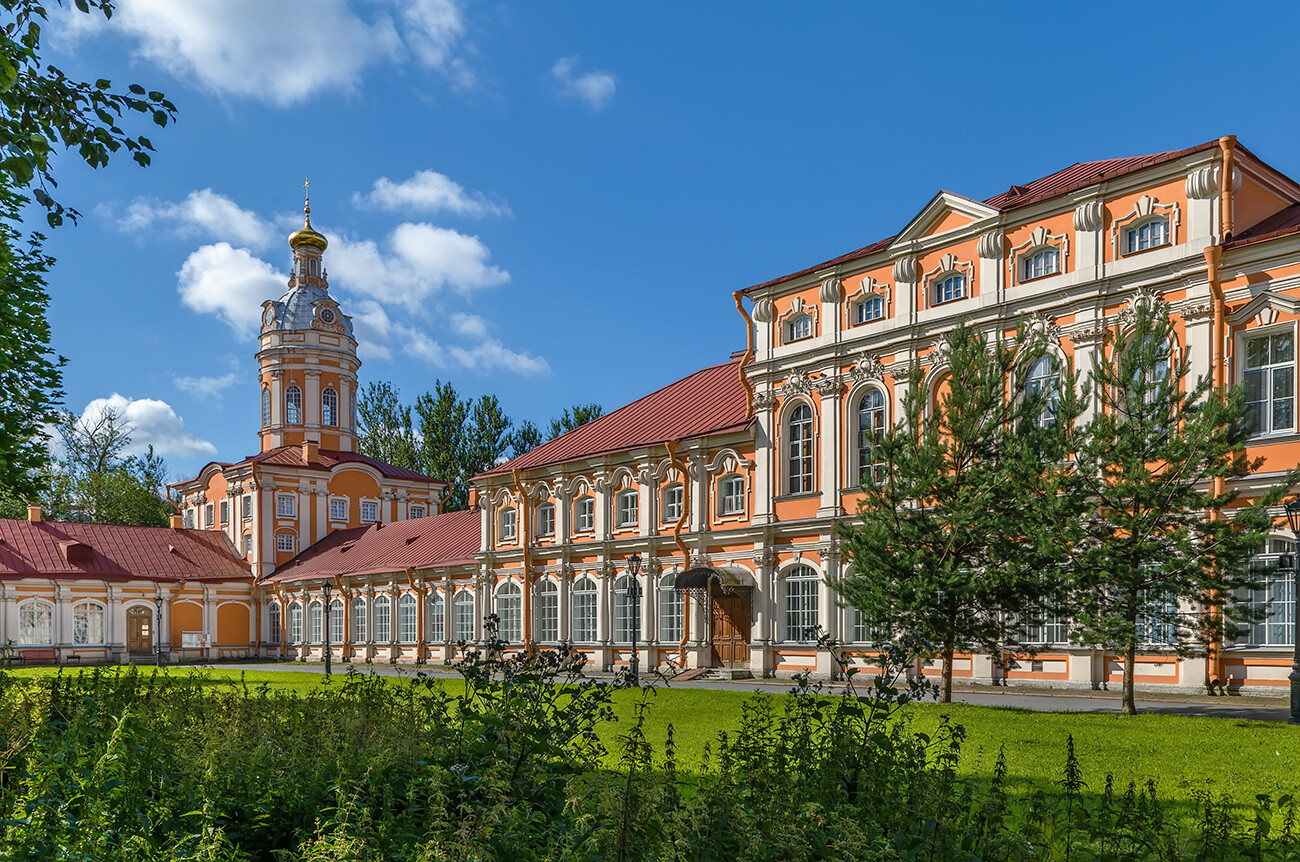
Church of Feodorovskaya Icon of the Mother of God
Getty ImagesHowever, the dormitory is not the only thing that was there in Soviet times. Vegetable storage, an aviation club, a blood transfusion station and many other things used to be placed within the walls of the closed monastery.
After the 1917 Bolshevik Revolution, the monastery saw the seizure of its church valuables. They were confiscated and sold to “benefit the starving people” (we have already written above about the cynically opened casket with the relics of Alexander Nevsky). In addition, the monks of Lavra even organized an informal brotherhood, trying to resist the Soviet authorities. The monastery operated poorly until 1932, when its entire territory was nationalized, services were banned and the monks arrested and sent to camps.
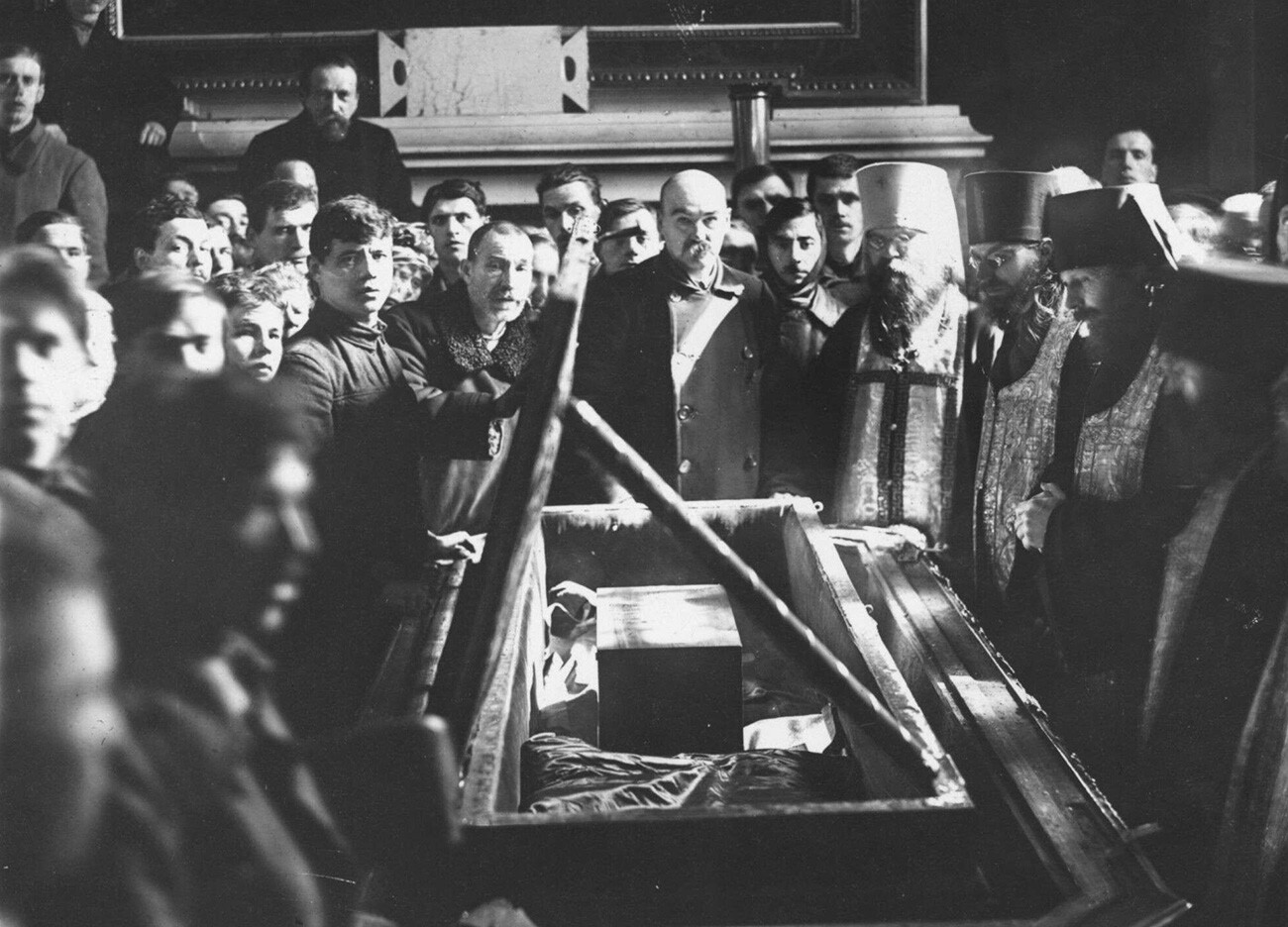
The Bolsheviks open the casket with the relics of Alexander Nevsky, 1922
Victor BullaServices in the Trinity Cathedral were allowed again in the late 1950s, but the revival of monastic life only began in the 1990s, when the Lavra was returned to the Russian Orthodox Church.
Dear readers,
Our website and social media accounts are under threat of being restricted or banned, due to the current circumstances. So, to keep up with our latest content, simply do the following:
If using any of Russia Beyond's content, partly or in full, always provide an active hyperlink to the original material.
Subscribe
to our newsletter!
Get the week's best stories straight to your inbox